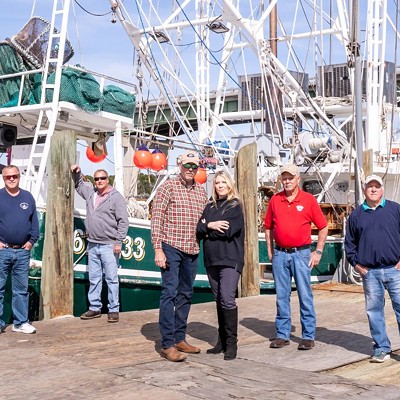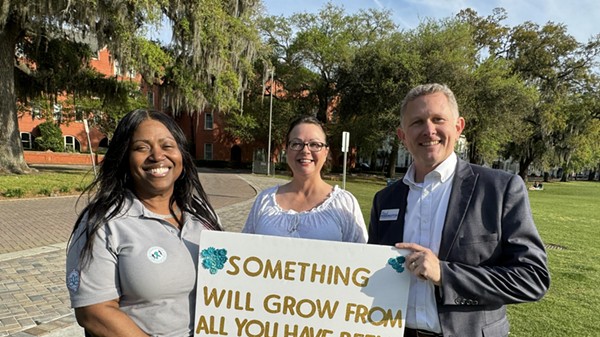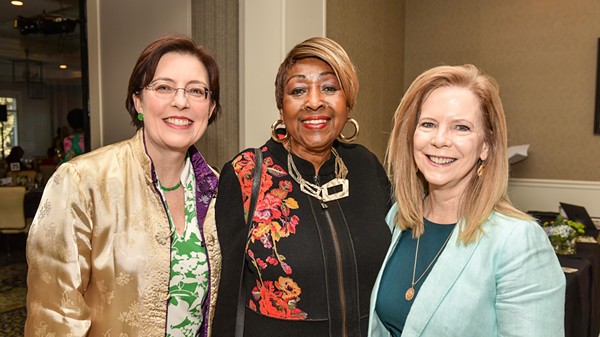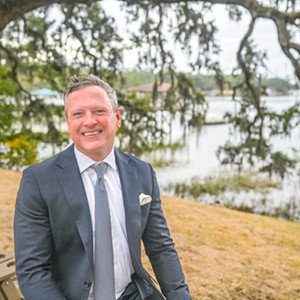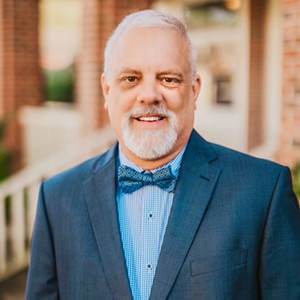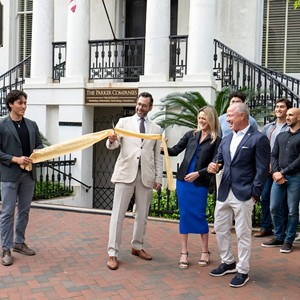Unearthing Ossabaw
[
{
"name": "Air - MedRect Combo - Inline Content 1",
"component": "14680855",
"insertPoint": "7",
"requiredCountToDisplay": "5",
"parentWrapperClass": "fdn-ads-inline-content-block"
},{
"name": "Air - MedRect Combo - Inline Content 2",
"component": "14680856",
"insertPoint": "15",
"requiredCountToDisplay": "9",
"parentWrapperClass": "fdn-ads-inline-content-block"
},{
"name": "Air - SVP - Leaderboard - Inline Content - 2",
"component": "16852291",
"insertPoint": "10",
"requiredCountToDisplay": "10",
"parentWrapperClass": "fdn-ads-inline-content-block"
},{
"name": "Air - SVP - Leaderboard - Inline Content - 3",
"component": "16852292",
"insertPoint": "20",
"requiredCountToDisplay": "18",
"parentWrapperClass": "fdn-ads-inline-content-block"
},{
"name": "Air - SVP - Leaderboard - Inline Content - 1",
"component": "16852290",
"insertPoint": "25",
"requiredCountToDisplay": "22",
"parentWrapperClass": "fdn-ads-inline-content-block"
}
]
The slaves who lived on the northern end of Ossabaw Island for more than a hundred years are silent now.
When you stroll the tree-shrouded dirt lanes of the isolated barrier island past the three tabby cabins remaining from the slave settlement, the only sound you hear is the squawking of the occasional bird, the grunt of a wild boar in the distance, or the sea breeze blowing lazily through the Spanish moss.
But for a small team of archaeologists turning over the earth on Ossabaw, the voices of the long-dead slaves cry out more loudly every day.
Last month, project head Dan Elliott and his team added the sound of their digging tools to the growing din on Ossabaw. With each turn of the shovel and scrape of the trowel, Elliott and his assistants uncover more surprising traces of the long-vanished African-American community.
Things like ammunition and pieces of guns items you wouldnt expect an eighteenth- or nineteenth-century slave to possess. The earth has also yielded up shards of elegant pottery, and fancy buttons and toys. Clearly, we have much to learn about these early inhabitants of Ossabaw Island.
The slaves came to Ossabaw to work on John Morels North End indigo plantation in the 1760s.
We dont know what part of Africa they came from, Elliott laments. We do know that in the 1780s a British ship came and took them away.
Morels family brought more slaves to the island and continued working the soil for another century. Eventually, the island became the summer retreat of the wealthy Torrey family.
The scion of that family, Eleanor Torrey-West, opened the island up to students, artists, and researchers through her private foundation, then sold Ossabaw to the state of Georgia in 1978.
Now the island is a state heritage preserve set aside for work like that Elliott and his team are doing at the site of the North End slave community. More than 200 other archaeological sites dot the 26,000-acre island six miles southeast of Savannah, including other slave and plantation structures and some Indian mounds.
The slave builders formed the walls of their cabins with oyster shells discarded by Native Americans hundreds, even thousands, of years before. An ancient deer jawbone and a piece of prehistoric pottery jut out of a tabby wall at one site on the island.
Three tabby cabins dating to the 1840s are all that remains of the original North End Plantation slave settlement, but Elliotts shovel tests have revealed traces of a much larger neighborhood.
What weve discovered is theres a whole world underground, Elliott explains. Theyre basically the tip of the iceberg of whats here.
Elliott believes a group of several more cabins may have once stood on the site. A more thorough search using ground penetrating radar is now underway to determine what remains of this once-thriving community. The radar functions like an X-ray, allowing archaeologists to see traces of foundations and walls that are buried beneath the soil.
Elliott adds, "were in the early stages of discovery. We dont really know whats here."
The radar device did not come cheap. When pressed on the cost, Elliott replies simply that it cost more than my first house.
But it can save countless man-hours of digging in the wrong place. The funding for the continuing work on Ossabaw is provided by a foundation created by the late president of Coca-Cola, the National Park Service, and private donors including Sandra Bullock.
In all, more than a million dollars is set aside to pay for the research. The work could yield priceless information about a group of Americans who were most often unable to write down their stories and whose possessions were usually lost to the ravages of time.
Well figure out who was here, Elliott says. We may not be able to figure out their names, but we will figure out what their lives were like and the contribution they made to America.
When you stroll the tree-shrouded dirt lanes of the isolated barrier island past the three tabby cabins remaining from the slave settlement, the only sound you hear is the squawking of the occasional bird, the grunt of a wild boar in the distance, or the sea breeze blowing lazily through the Spanish moss.
But for a small team of archaeologists turning over the earth on Ossabaw, the voices of the long-dead slaves cry out more loudly every day.
Last month, project head Dan Elliott and his team added the sound of their digging tools to the growing din on Ossabaw. With each turn of the shovel and scrape of the trowel, Elliott and his assistants uncover more surprising traces of the long-vanished African-American community.
Things like ammunition and pieces of guns items you wouldnt expect an eighteenth- or nineteenth-century slave to possess. The earth has also yielded up shards of elegant pottery, and fancy buttons and toys. Clearly, we have much to learn about these early inhabitants of Ossabaw Island.
The slaves came to Ossabaw to work on John Morels North End indigo plantation in the 1760s.
We dont know what part of Africa they came from, Elliott laments. We do know that in the 1780s a British ship came and took them away.
Morels family brought more slaves to the island and continued working the soil for another century. Eventually, the island became the summer retreat of the wealthy Torrey family.
The scion of that family, Eleanor Torrey-West, opened the island up to students, artists, and researchers through her private foundation, then sold Ossabaw to the state of Georgia in 1978.
Now the island is a state heritage preserve set aside for work like that Elliott and his team are doing at the site of the North End slave community. More than 200 other archaeological sites dot the 26,000-acre island six miles southeast of Savannah, including other slave and plantation structures and some Indian mounds.
The slave builders formed the walls of their cabins with oyster shells discarded by Native Americans hundreds, even thousands, of years before. An ancient deer jawbone and a piece of prehistoric pottery jut out of a tabby wall at one site on the island.
Three tabby cabins dating to the 1840s are all that remains of the original North End Plantation slave settlement, but Elliotts shovel tests have revealed traces of a much larger neighborhood.
What weve discovered is theres a whole world underground, Elliott explains. Theyre basically the tip of the iceberg of whats here.
Elliott believes a group of several more cabins may have once stood on the site. A more thorough search using ground penetrating radar is now underway to determine what remains of this once-thriving community. The radar functions like an X-ray, allowing archaeologists to see traces of foundations and walls that are buried beneath the soil.
Elliott adds, "were in the early stages of discovery. We dont really know whats here."
The radar device did not come cheap. When pressed on the cost, Elliott replies simply that it cost more than my first house.
But it can save countless man-hours of digging in the wrong place. The funding for the continuing work on Ossabaw is provided by a foundation created by the late president of Coca-Cola, the National Park Service, and private donors including Sandra Bullock.
In all, more than a million dollars is set aside to pay for the research. The work could yield priceless information about a group of Americans who were most often unable to write down their stories and whose possessions were usually lost to the ravages of time.
Well figure out who was here, Elliott says. We may not be able to figure out their names, but we will figure out what their lives were like and the contribution they made to America.



